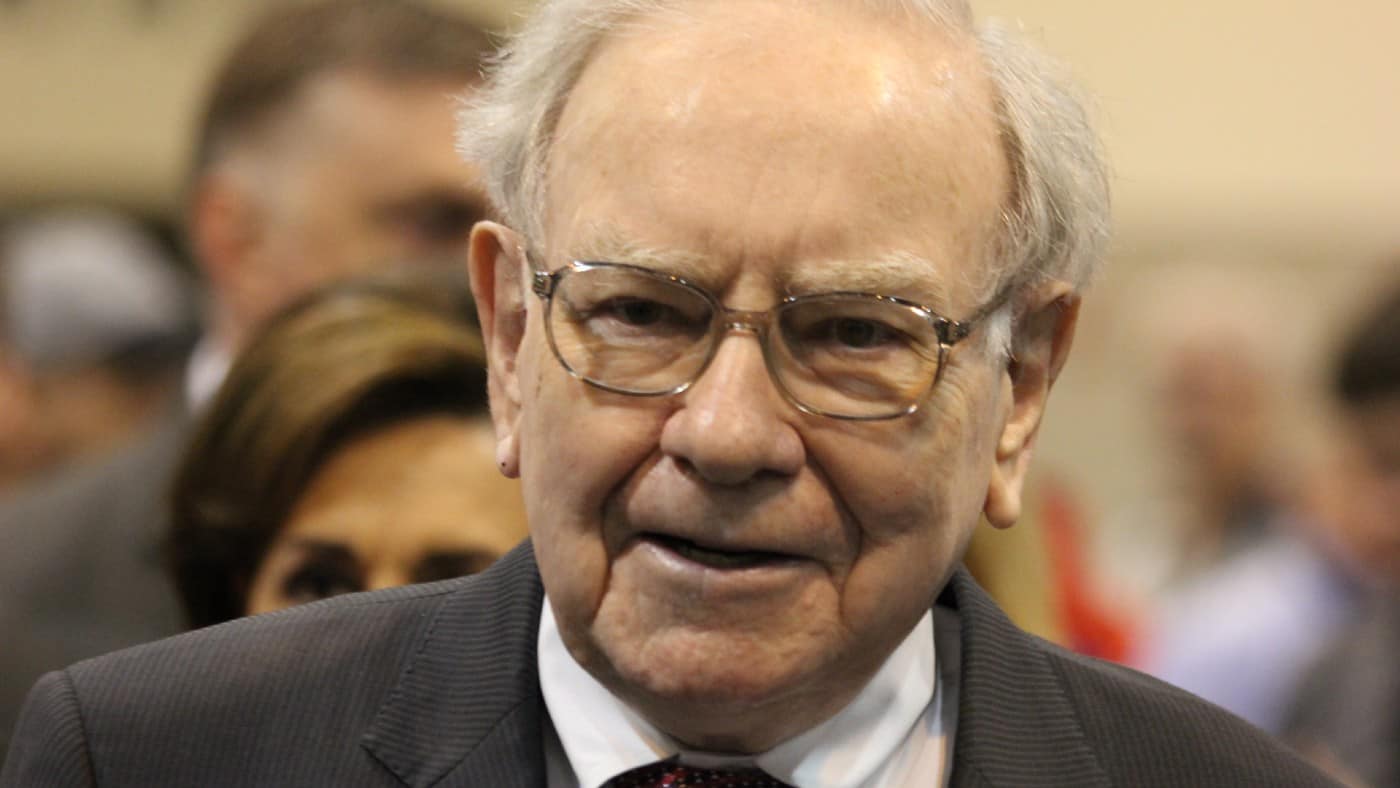Warren Buffett is arguably the world’s greatest investor, building his $107bn fortune simply by making smart investment decisions.
He’s been quite generous in providing insights into his winning investing strategy. And by following his methods of evaluating opportunities within the stock market, investors can amplify their wealth, even when starting from scratch.
Sticking to a circle of competence
Despite the enormous success of technology stocks, Buffett has long steered clear of the sector. His investment firm, Berkshire Hathaway, does own a few tech stocks like Apple and Snowflake. However, the decision to invest in these businesses wasn’t made by Buffett but rather by his younger lieutenants, Todd Combs and Ted Weschler.
Considering how lucrative the industry has been over the last decade, why did he never personally venture into the space? It’s because Buffett only invests in sectors and companies he completely understands.
Businesses can be incredibly complex organisations. And trying to understand the inner workings of a firm in an industry that requires a high degree of knowledge to properly evaluate opens the door to mistakes. And these can end up destroying a substantial amount of wealth.
That’s why a crucial part of Buffett’s investing methodology is exclusively analysing opportunities within his circle of competence. In practice, the fear of missing out can make it a difficult rule to follow. But given the vast number of publicly traded companies, even a small circle of competence can still provide a path to impressive wealth creation.
Buffett focuses on the long term
Financial media often present investing as a fast-paced enterprise with lots of shouting, buying, and selling all day long. While there is an element of truth to this for day traders, it couldn’t be further from reality for most long-term investors.
In the short-term, stock prices are driven by the mood and momentum of the financial markets. But in the long run, the direction shares move almost entirely depends on the quality of the underlying business. Don’t forget that shares represent pieces of companies. And if the value of the company increases, so will its stock.
That’s why most of Buffett’s time is spent reading, researching, and analysing rather than buying and selling. He’s looking for solid business models, talented management, robust financials and, most importantly, long-term growth potential.
Paying the right price
Even after identifying a superb corporation, that doesn’t necessarily mean it will be a good investment. All too often, when investor sentiment is high, the excitement surrounding industries or companies can send valuations to absurd levels, divorced from the underlying fundamentals.
Buffett is an avid value investor who only buys top-notch shares when trading significantly below their intrinsic value. The challenge is determining what that intrinsic value actually is. Corporate valuation is quite a complex area of study with multiple different approaches, such as using discounted cash flow models, or comparing multiples.
The latter is typically easier. For example, comparing a firm’s P/E ratio to its industry average can give a quick rough estimate as to whether a business is relatively cheap, compared to its peers.








